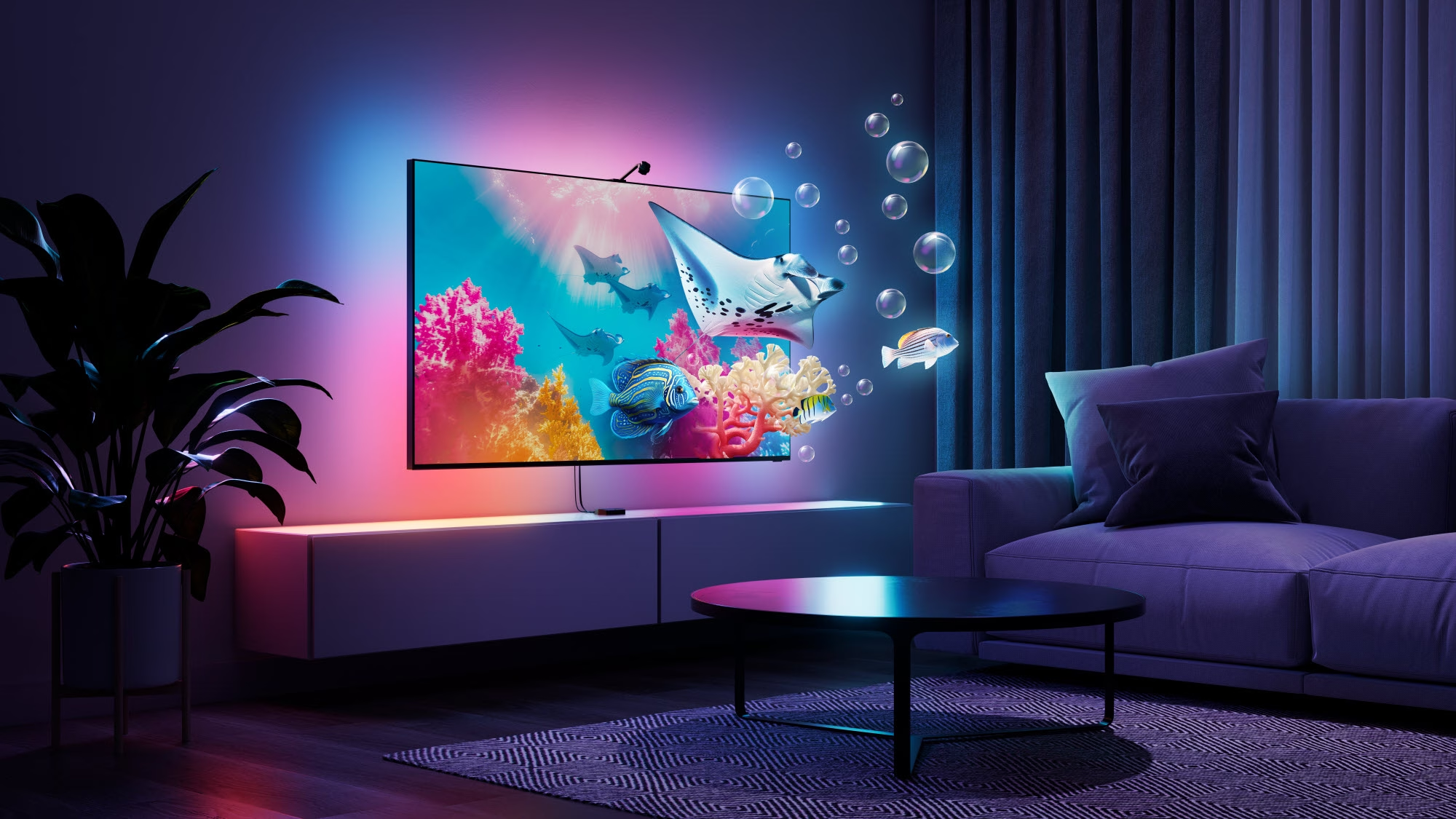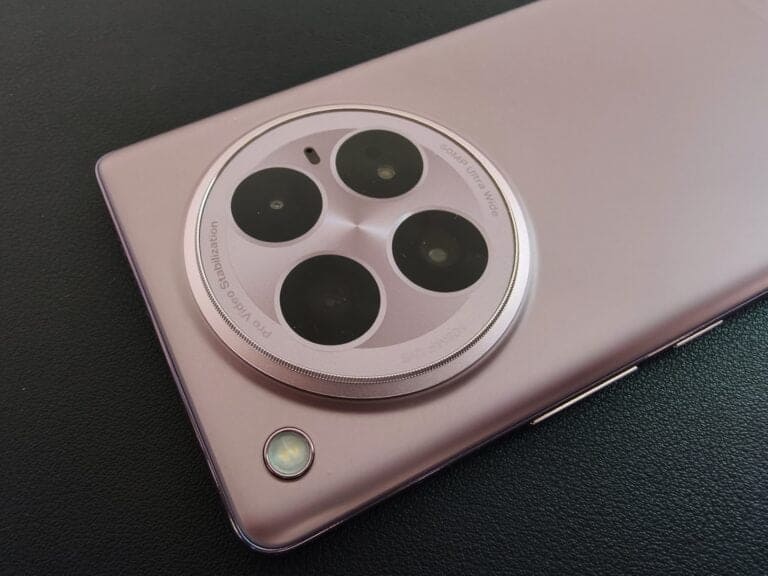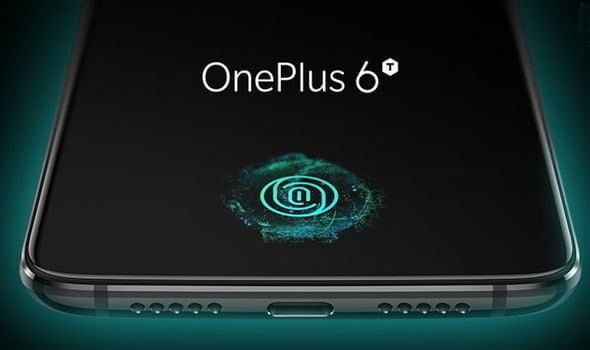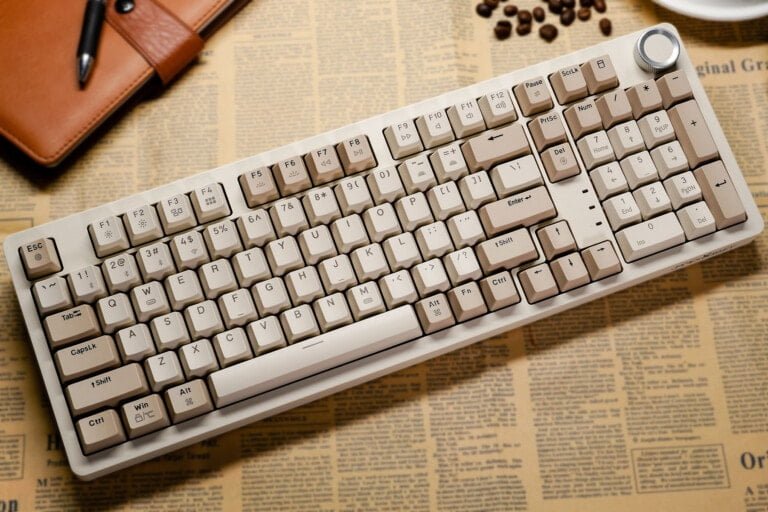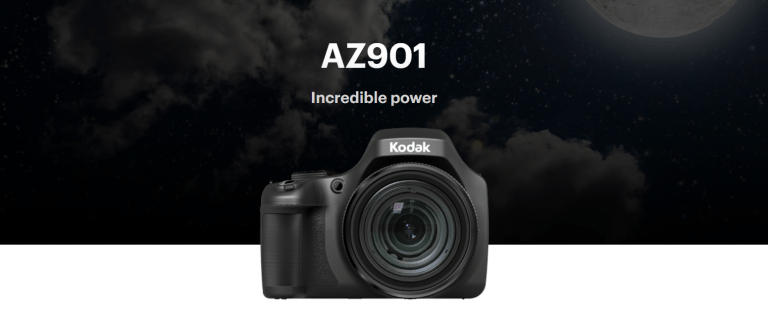Any links to online stores should be assumed to be affiliates. The company or PR agency provides all or most review samples. They have no control over my content, and I provide my honest opinion.
Nanoleaf has announced the 4D V2, its latest entry in the growing market of smart ambient TV backlighting. Building upon the momentum of the original 4D Kit, this second-generation system features a redesigned lightstrip, updated camera hardware, and broader integration with the brand’s other smart lighting products. Priced at £99.99 and available from today, the 4D V2 targets home cinema enthusiasts as well as casual users looking to add a more impactful lighting experience to their viewing setup.
Related Content
- Nanoleaf Shapes Ultra Black Hexagons Review
- Govee Torchiere Smart Floor Lamp Review
- Philips Hue Expands Smart Lighting Portfolio with Play Wall Washer and AI Assistant
- WiZ HDMI Sync Box Launches: Affordable TV Lighting Sync vs Philips Hue Sync Box
- Philips Hue HDMI Sync Box 8K Launched for £299
New Features and Practical Improvements
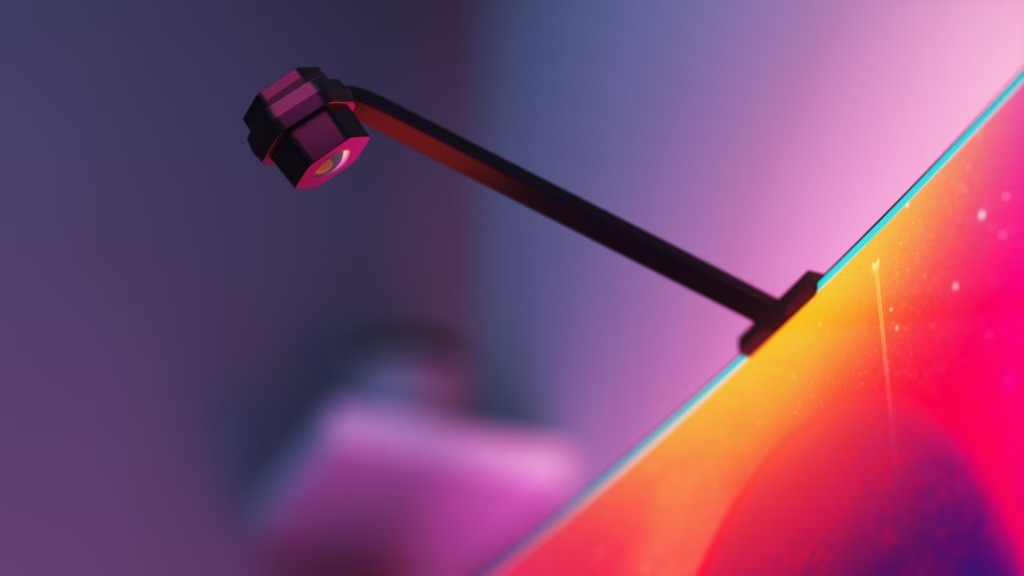
The most notable upgrade is the re-engineered zigzag lightstrip. Previous Nanoleaf lighting strips were sometimes awkward to install, especially on larger or curved displays. For the 4D V2, Nanoleaf has opted for a flexible design that fits screens up to 65 inches. Setup is less fiddly than before, as the strip now wraps cleanly around corners without requiring separate brackets. It can also be cut to length for smaller televisions, and Nanoleaf’s “Smart Remapping” function ensures that all lighting effects stay accurate if you trim excess LEDs.
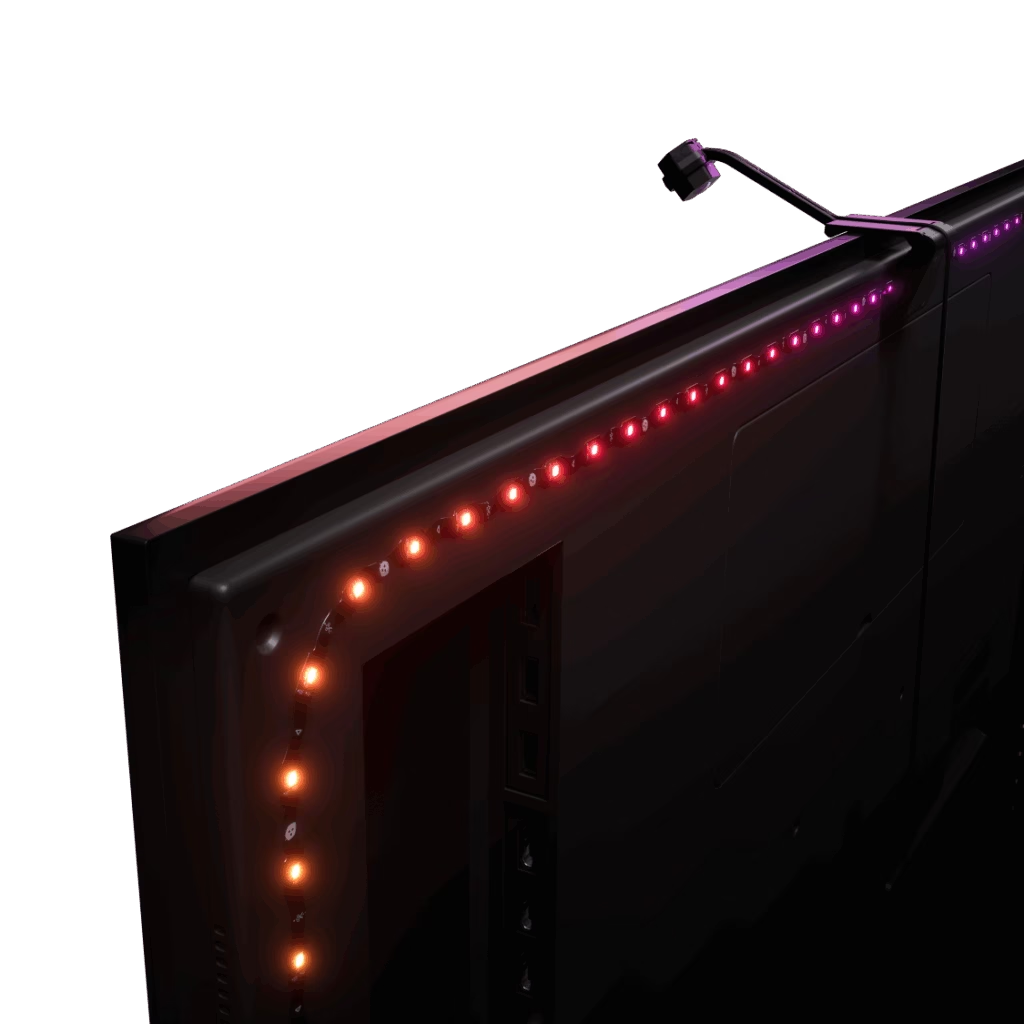
Users will also notice changes in how on-screen content appears in room lighting. Nanoleaf claims to have improved both white and colour fidelity. In practice, this helps keep whites from looking muddy or blue-tinted under certain scenes, a problem I experienced on some earlier bias-lighting products. The V2 system is designed to render both dark and bright scenes with increased precision, which should result in a less distracting, more seamless ambient glow while watching films or gaming.
Upgraded Camera and Synchronisation Options
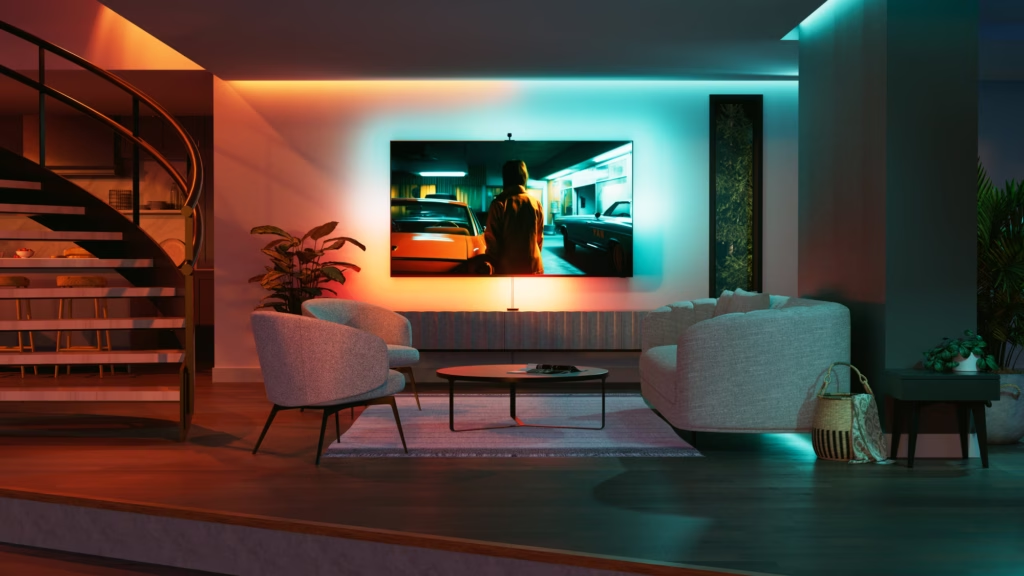
The 4D V2 camera—a necessary part of any screen-matching lighting kit, has received its own upgrade. Nanoleaf’s press briefing suggests that the camera now reacts more quickly and is better at matching colours, reducing lag and inaccuracies when shifting between scenes. For users like me who have tried both software-based and hardware-based bias lighting, the responsiveness and accuracy of the camera are crucial; I’ll reserve judgment until I can run direct comparison tests, but the technical improvements sound promising on paper.
Arguably, the real strength of the Nanoleaf ecosystem lies in its cross-device synchronisation. Nanoleaf’s “Sync+” feature allows the 4D V2 kit to work with other products in the range, including the new Floor Lamp, Shapes panels, Blocks, Lines, and even Nanoleaf smart bulbs. This means lighting effects can be mirrored across an entire room rather than being isolated behind the TV. The integration is managed through the Nanoleaf app, available for both iOS and Android, and works over Wi-Fi. As before, the system supports most major smart home platforms, although actual performance with third-party systems will depend on software updates and the specific integrations you require.
Comparison to Previous Nanoleaf Models
Compared to the original 4D Kit, the V2 takes key steps to address both installation hassle and lighting quality. Where first-gen strips needed manual corner brackets and sometimes struggled with accurate white balance, the V2 eliminates these friction points.
It is worth noting that Nanoleaf continues to sell other lighting lines targeting different use cases. Shapes and Lines, for example, are modular wall-mounted lighting panels designed for broader decorative or accent purposes. While these can sync with the 4D V2 for a more enveloping effect, they often cost substantially more than the basic bias lighting kit. For buyers solely interested in on-screen matching, the 4D V2 offers a self-contained package with fewer setup headaches.
Pricing and Alterntive Options
While Nanoleaf are typically associated with higher-priced products, I think the RRP of £99.99 make the 4D V2 one of the more affordable solutions on the market.
Govee offers the Envisual TV LED Backlight T2 with Dual Cameras, priced at £118 RRP but currently available for £100.
Or, arguably, more advanced options such as the Govee AI Sync Box Kit and Philips Hue Play HDMI Sync Box cost substantially more as they take the signal directly from the HDMI to generate the immersive lighting.
Conclusion
The Nanoleaf 4D V2 builds on its predecessor with a much-improved lightstrip, upgraded camera, and more reliable system-wide synchronisation features. Installation appears less troublesome, and colour accuracy now stands on par with leading rivals. If you already own Nanoleaf kit and are looking to unify your living room lighting, the 4D V2 makes sense as an upgrade. Budget-focused buyers, or those frustrated by the need for a camera-based solution, may still want to consider competing systems. As always, actual in-home performance will depend on how well the software holds up in everyday use. For UK buyers invested in the Nanoleaf ecosystem, this looks like the most seamless option yet for immersive TV ambient lighting.

